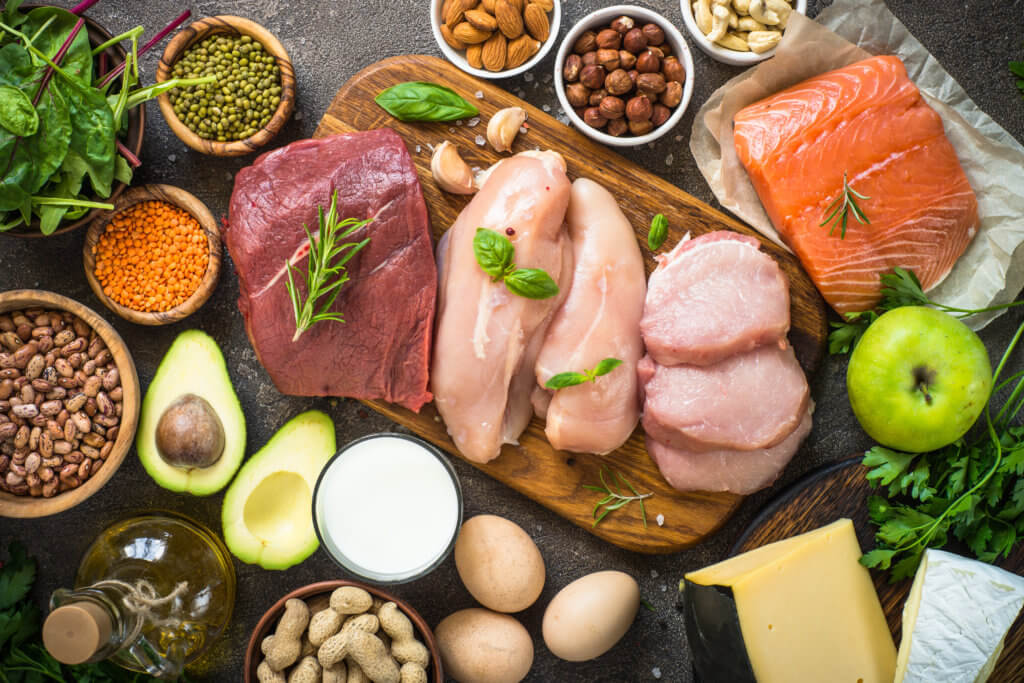We can add raw liver to the list of things people are eating these days in order to boost their health. Yep, raw liver. It may sound icky, but the idea isn’t as crazy as it sounds. Whether or not you should give it a shot — well that’s a risky endeavor, and it’s important you do the research first.
Liver King and Paul Saladino, MD are just a couple of health influencers who have driven the raw liver trend online recently. It’s been heavily promoted as the missing piece in people’s diets that everybody should be talking about. However, eating raw liver didn’t just start with today’s trends. Ancestral tribes have eaten the livers of different animals in a nose-to-tail fashion for centuries.
The real question: Is raw liver good for you?
Is liver healthy?
Health enthusiasts have started to claim that raw liver (specifically beef) can replace supplements and be the “superfood” (be sure to read my article about why I don’t love that term) you need to be eating take charge of your health. Here’s what’s true:
- Until the 1920s, pernicious anemia, one of the main causes of B-12 deficiency, was deadly around the world. Physicians studying beef liver found that the liver itself or a concentrated juice version of it could ultimately control the disease.
- Beef liver contains a very impressive nutrient profile. It’s not only the most reliable source of bioavailable vitamin A, but it is packed with vitamin B12, folate, iron, choline, phosphorus, zinc, selenium, copper, and more.
- You only need a small amount to get a lot of nutrition, and many of these nutrients are not eaten enough in the typical Western diet.
- Eating liver and other organ meats are typically richer in glycine, an important amino acid. Although the body can make glycine, there’s growing amount of research to show that it isn’t enough to optimally support the body. The typical Western diet contains far more muscle meats like chicken breast instead of organ meats, which is not nearly as glycine rich.

Is raw liver safe to eat?
A lot of the focus is on eating raw liver because cooking it can potentially reduce the bioavailability of some of the nutrients. However, eating raw meat will always come with an increased risk of contracting foodborne illnesses from pathogens like Campylobacter. People who are immunocompromised should especially be aware of these risks. Cooked liver will still retain several nutrients and significantly reduce the risk.
Additionally, videos touting the benefits of eating raw liver regularly tend to miss the importance of realizing that eating too much can be harmful. Raw liver is very high in vitamin A, and eating liver daily can give your body way too much and lead to vitamin A toxicity.
Also, beef liver contains the most copper out of any other food. Just a three-ounce serving can provide over 1,200 percent of your daily needs. Your liver does a good job of removing excess copper, but this isn’t the case for everybody. Many medical experts recommend eating one whole liver every week, rather than daily for this reason.
Should you eat raw liver?
It’s up to you if you want to introduce raw liver into your diet. It’s important to know the risks of foodborne illness. However, eating liver in general, even if cooked, provides the body with several key nutrients that you may be missing from eating other foods.
Additionally, there are desiccated beef liver supplements available that people opt for since the thought of eating actual liver isn’t very appealing. As always, check with your health professional before adding any supplement into your regimen.
Bottom Line
There is some truth to the liver trend. Liver is one of the most nutrient-dense foods on the planet. However, the widespread media promotion often lacks important conversations and disclaimers about nutrient toxicity and associated foodborne illness risks. If you choose to eat liver either cooked or raw, it’s important to be aware of these risks prior to hopping on board.
You might also be interested in:
- Multidrug-resistant bacteria less likely to be found on organic meat
- Why eating red meat and dairy could actually prevent cancer
- Supermarket scare: 40% of meat products test positive for antibiotic-resistant superbugs

